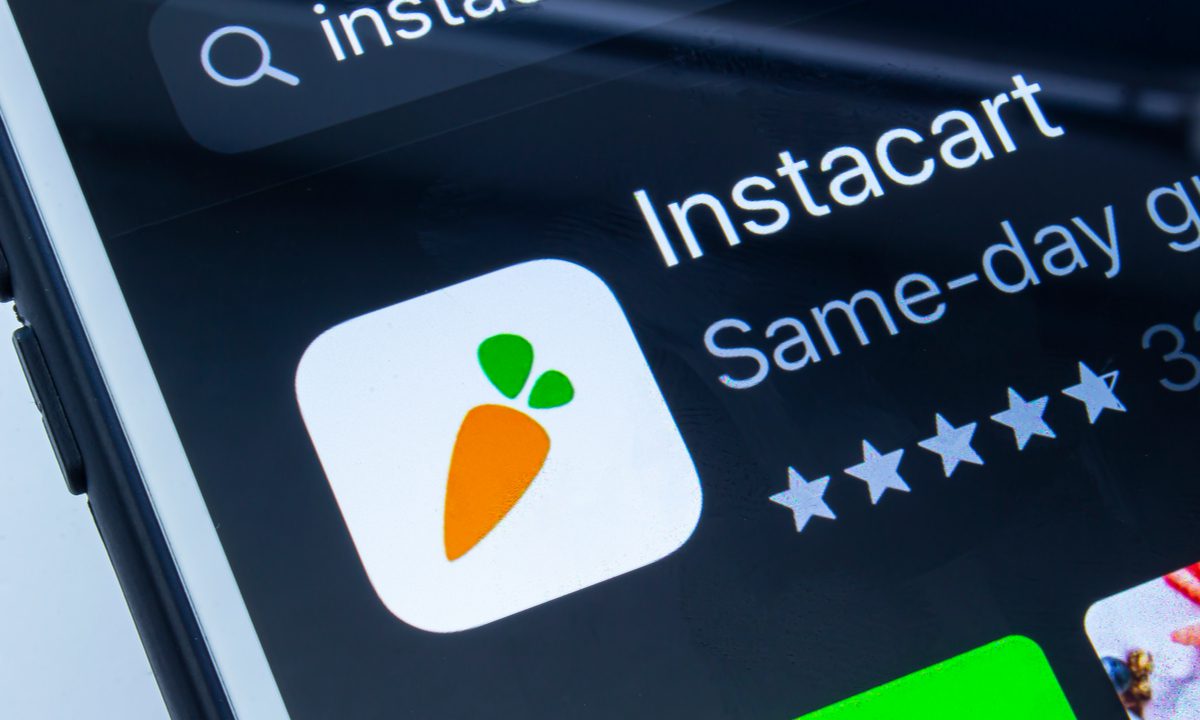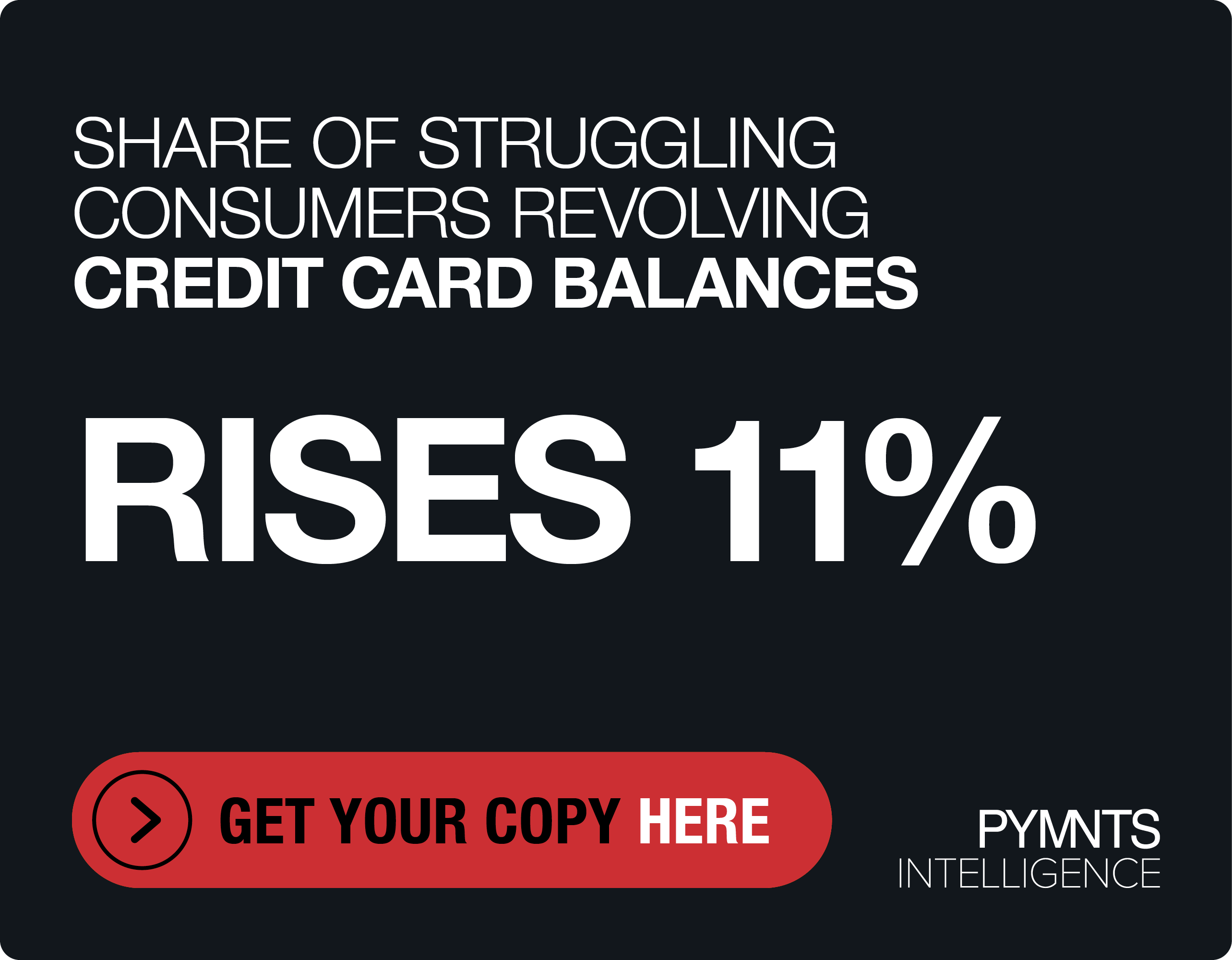Instacart’s Connected Stores Blur the Lines Between In-Store and Digital Grocery Shopping

If the connected economy is about how digital payments enable new ways of going about day-to-day experiences, then the connected store provides an apt expression of how channels can simply vanish, replaced by pure experience.
Already walking this line with a legion of pickers who walk physical store aisles on one side fulfilling online consumer orders placed digitally on the other, Instacart is moving to erase the friction of moving between channels with a suite of interactive tools that bridge them instead.
Yes, it’s called “Connected Stores” — a moniker arising from growing consumer and retail recognition that ideas like “omnichannel” and “multichannel” are becoming relics of the transition to a digital-first world where all channels are seamlessly accessible, all the time.
Instacart CEO Fidji Simo made that point in the Monday (Sept. 19) announcement of the company’s news, saying, “We believe the future of grocery won’t be about choosing between shopping online and in-store — consumers are going to do both.”
The timing of the Instacart news was a harmonic convergence of sorts, as in a column published the very same day, PYMNTS’ Karen Webster wrote, “Innovators make the related physical engagement more valuable and less friction-filled, and in the end, those experiences will complement and close a sale already far along in the process.”
“Channels will have to adapt to the consumer’s preferences and not the other way around, making the trip to the store, doctor, real estate agent’s office or gym worth their time and their money,” she wrote.
For Instacart, how to catch the next wave of digital transformation boils down to innovation across six key areas that, used in interoperable fashion, unify the best of physical and digital commerce with some dazzle.
Read: How to Catch the Next Wave of Digital Transformation
The Connected Store Experience
First in line is Caper Cart, the smart shopping cart using computer vision and artificial intelligence (AI) to quickly locate items in-store, a technology that Instacart acquired in 2021. That’s been integrated with Scan & Pay POS tech that obviates the checkout line completely, along with lists enabling shoppers to sync their Instacart app items to Caper Cart for a quasi-automated experience.
Also, part of the solution suite are what Instacart calls “Carrot Tags” — a kind of smart sticker reader that goes QR codes one better, syncing with Instacart’s Storefront Pro eCommerce solution to literally spotlight products on shelves while supplying useful product details, all displayed on the shopper’s smartphone, the Caper Cart’s screen, or both.
Additionally, Instacart’s new order management system (OMS), unveiled in August, is integrated and essentially helps orchestrate the in-store experience by having orders in different departments (deli, produce, butcher, bakery, etc.) timed to be ready when the shopper arrives, cutting wait times yet again and allowing swifter progress through stores.
Finally, “Out of Stock Insights” is an Instacart API that monitors stock at the item level and alerts shoppers ahead of time if desired items are unavailable, which reduces lost conversions and disappointed customers.
“Through these technologies, we can now offer consumers the best of online shopping inside physical stores, and vice-versa,” Simo said in the announcement. “Ultimately, we believe that the more customers connect with grocers across both online and in-store experiences, the more retailers’ businesses will grow.”
See also: Instacart Adds New Modules to Unite Online, in-Store Grocery Shopping
In like fashion, Webster wrote, “Delivery aggregators have increased grocery store competition by making the consumer’s choice for where to buy their groceries independent of having to hop in the car to get there. Smart grocery store executives will shift their focus away from the channel a consumer shops to the activity the consumer is doing when shopping: buying food for their family wherever and whenever she finds it convenient.”
That’s precisely the play Instacart is going for with its Connected Store effort, with the first Connected Store location being Bristol Farms in Irvine, California.
In a blog post accompanying the news release, Instacart’s vice president of connected stores, David McIntosh, wrote that “For customers, a Connected Store will mean a better grocery shopping experience — with fewer headaches and more inspiration, whether online or in person. For retailers, it will mean more efficiency, eliminating repetitive tasks so employees can focus on things like customer service, and higher profits, since customers who shop online and in-person are more engaged and spend more.”
